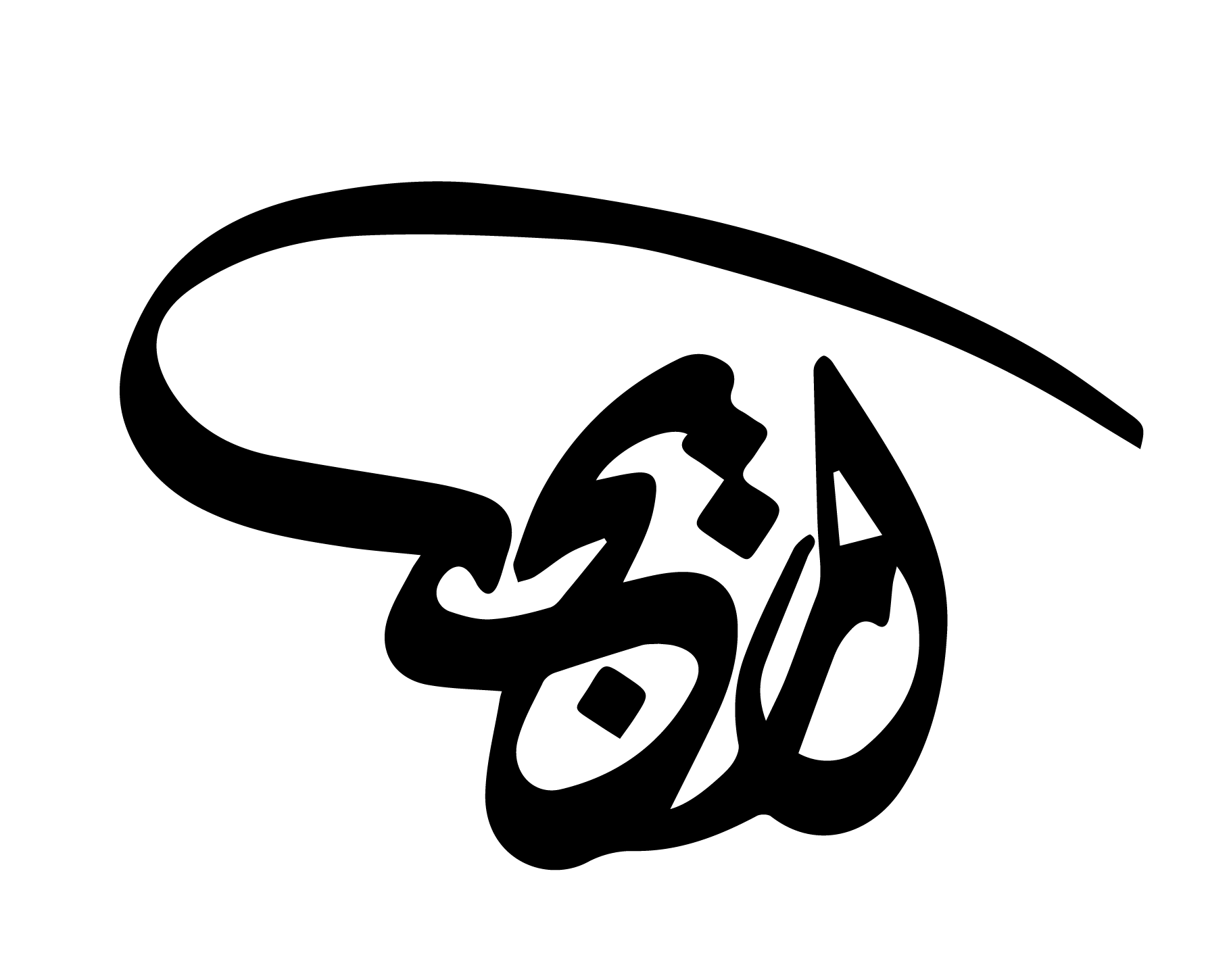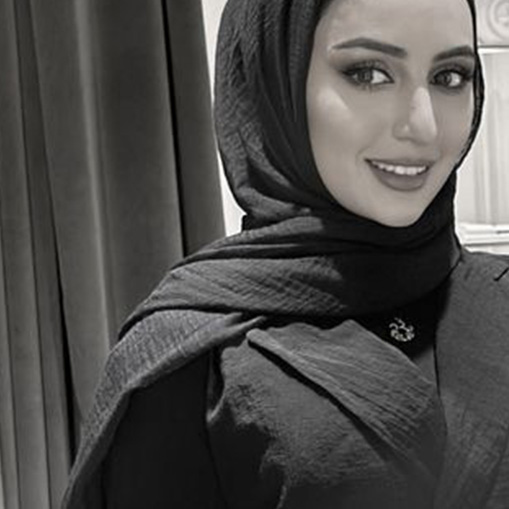Splendore Unique Company collaborates with Areej AlSalem on her project,
including the Rolex watch model DateJust41. Despite our confirmation that the artist isn’t affiliated directly with the Rolex company, her use of classical Arabic calligraphy in her project made it an independent one aimed at creating new ideas related to the dial of the watch. The watch states the phrase “time is gold” which means whenever you look at the watch while in a good mental state, and a mind set for achievements; it becomes an investment of your time. That being said, the phrase can also be read in reverse, “Your time is wasted,” describing the situation of not utilizing your time effectively which leads to emphasizing the artistic concept based on one’s reality while observing their watch.
Born in Kuwait in 1996, Areej Hamad Abdullah AlSalem learned Classical Arabic calligraphy, from her Syrian teacher Ma’amon Yagmor, where she also had the chance to study two styles of calligraphy including Diwani and Diwani Jali. After achieving third place at the Arab national level, she showcased her talent in numerous local and international art exhibitions across the Gulf. Her exceptional skills in Arabic calligraphy were recognized and honored by the Kuwait Center for Islamic Arts during the Kuwait competition, marking a significant milestone in the field.
Areej gets her inspiration from both classical and modern calligraphic techniques, combining them creatively to produce innovative ideas that enrich the timeless tradition of Arabic calligraphy. This art form has permeated various fields, including architecture, currency design, painting, and sculpture, resonating widely among artists. Therefore, she had successfully included her contribution in multiple projects alongside holding training workshops.
Finally, deep reflection and exploration in the field of crafts are what shape art, and it is also made up of the formation and combinations of letters. An element of attractiveness could be added to artistic paintings by the stunning process in shaping letters. Moreover, the art of Arabic calligraphy has evolved across generations, exhibiting diversity in its forms, styles, and drawing techniques. All these elements, between paper, dip pen, ink, and letters, form an Islamic culture that remains diverse and unique to this day. Throughout the years, this dynamic has been delivered to us today in order to comprehend the completion of expressive language while maintaining a primary role in the artist’s incorporation of their ideas and expression into their works.



No Comment